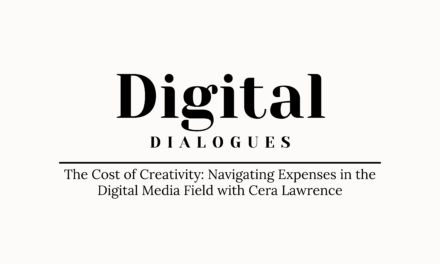Maybe the Problem is You?
There is an innate beauty to art and theater that I’m sure many of us have a difficult time understanding. When we are faced with a piece of artwork or a performance, it’s very easy for us to classify it as good or bad. That’s a superficial way of looking at it, but a social setting demands a different pattern of thought.
Going to a museum to partake in a gallery exhibit, one begins to realize that it’s time to shade the binary way of looking at things. A piece of artwork may look bad – but then why is it here? Someone has made a conscious decision to feature this piece of artwork in a professional setting. So if there’s nothing wrong with the artist or the curator – then it has to be you.
How we usually approach an art piece…
Most audiences are not taught to read too much into a piece of work or entertainment beyond it’s events, it’s characters and the theme of the work. This starts out very young, when we’re writing stories and book reports. A frequent set of questions usually pop up. What was the theme? Who are the characters? What was the authors’ intent? These type of puzzles often left us scratching our heads, hoping that our answers would match everyone else’s. Now we read books and watch movies, focused on the plot, usually recognizing a beginning middle and end.
As a casual audience member, you may be elated, entertained, concerned or upset over the events of the film. Overall though, we usually decide whether it was good or bad. This decision bleeds into the way we talk about the movie which affects its reception, which then affects the box office numbers.
In the end, why not appreciate it for what it is?
The common misconception is that artists and entertainers are in fact not looking out for our best interests. As if they are NOT trying to earn their money’s worth. The truth is that every artist, worker and entertainer behind the scenes and in the public eye is trying to deliver on a promised product. Artists don’t make bad art because it’s all they could make; movies don’t often release with a lack of effort; and no play is rarely performed without at least some preparation.
What we as the audience often fail to consider is the work that have been put into the media that we consume on a regular basis. Personally, I don’t think there’s a reason to hold it against a piece of work to be deemed as bad because in the end, a lot of people put hard work into making it happen. It might just be that the audience is wrong in their interpretation of the work. This could be why for many artists, it comes down to, “If at least one person got it, then I’m happy for that.”
We may or many not be the majority that looks at a work of art, and make a binary decision before moving onto the next art piece. But what we should strive to be, is the person who realizes that every art piece is great because it exists to begin with.
And this is why I could never be a critic of any sort.
ABOUT THE AUTHOR
Alejandro Furnells
Student Author - Fall 2019






